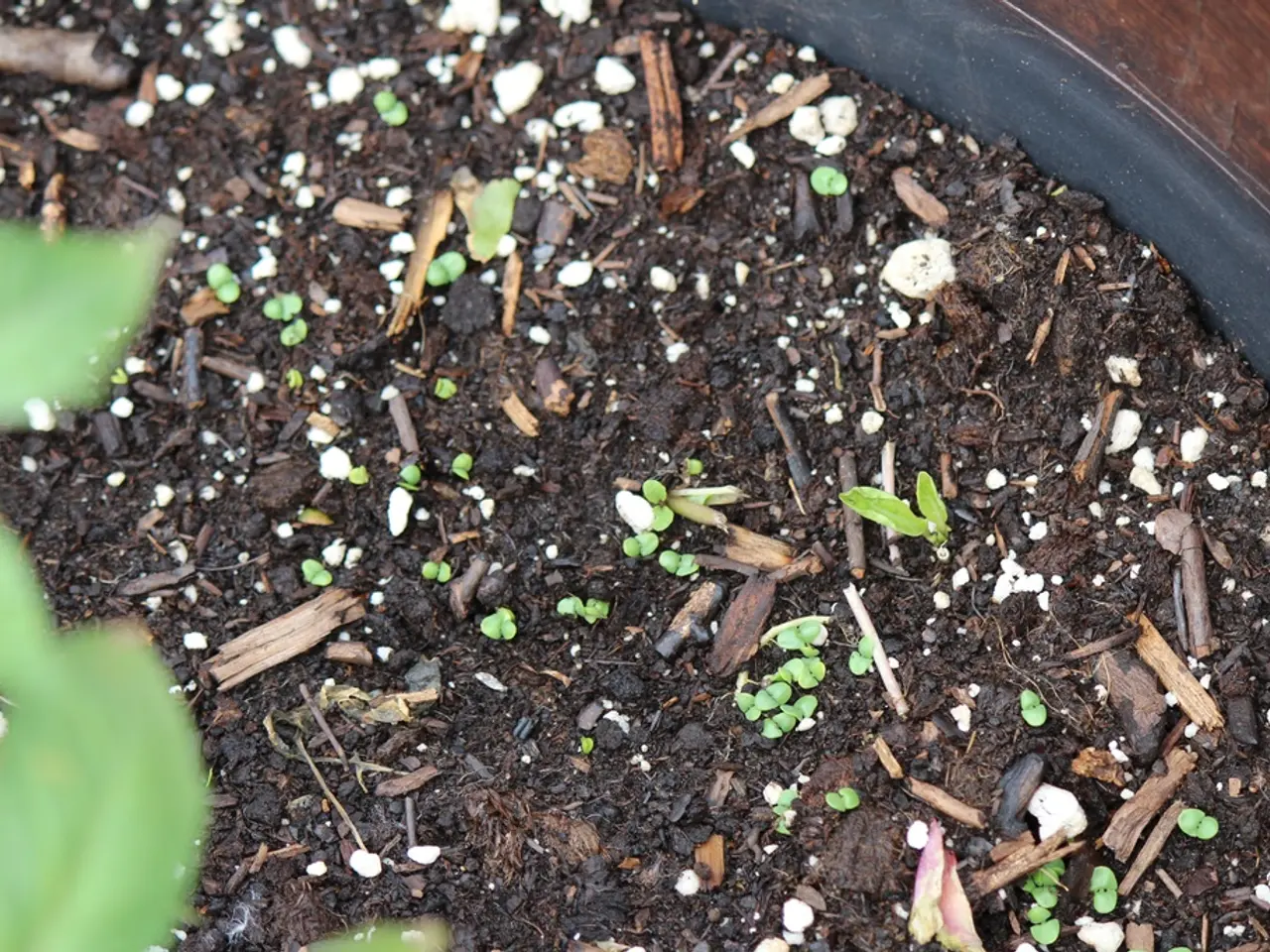Transformed Journey: Rooting Deeply into the Earth
In the heart of our natural world, soil plays a crucial role, serving as the foundation for life as we know it. This article delves into the various factors that shape our soil, the impact of human activities, and the importance of soil conservation.
Soil formation is a complex process influenced by a myriad of factors. The shape and direction of the land significantly affect how much sunlight and water the soil receives, determining its temperature and moisture levels. Gravity and water also play a vital role, with soils at the bottom of a hill being deeper due to the constant movement of soil particles down the slope.
However, human activities have accelerated this natural process. Modern agriculture, land-use changes, and pollution have had a significant impact on the flora and fauna within the soil. Human activities have also strongly influenced soil composition, adding new anthropogenic sources and changing the composition of natural sources. The burning of fossil fuels and industrial processes contribute to climate change, which in turn affects soil formation.
On a larger scale, human activities such as dam construction, road building, and urbanization have altered the Earth's topography. As soil ages, it starts to look different from its parent material due to the constant changes in its components.
But it's not all doom and gloom. Soil conservation practices can lead to cost savings for farmers by reducing their need for fertilizers and other inputs. Sustainable agriculture, which focuses on long-term environmental and economic sustainability, promotes these practices.
Soil conservation practices such as no-till, reduced-till, and conservation tillage help protect the soil ecosystem. They reduce soil erosion, improve soil fertility, and promote biodiversity. Organisms such as plants, microorganisms (bacteria, fungi), burrowing insects, and animals all play a role in soil formation and are protected by these practices.
Plant roots can extract nutrients from rocks, and their leaves and roots are added to the soil as they mature and are replaced. Bacteria, fungi, and worms break down plant litter and animal waste, which becomes organic matter in the form of peat, humus, or charcoal. The most important soil microorganisms include bacteria, fungi (especially mycorrhizal fungi), and other microbes such as effective microorganisms (EM) like lactic acid bacteria and yeasts. They contribute to soil fertility by decomposing organic matter, releasing nutrients, enhancing nutrient and water uptake by plants, improving soil structure and aeration, and protecting plants against pathogens.
Moreover, practices such as crop rotation, cover cropping, and reduced tillage help maintain soil fertility by improving soil structure, organic matter content, and reducing erosion. Soil conservation practices such as buffer strips and cover cropping also help reduce nutrient runoff, improving water quality.
However, soil erosion can lead to water pollution as eroded soil carries nutrients, pesticides, and other chemicals into nearby water sources. It's crucial to address this issue to preserve our soil and water resources.
In conclusion, the intricate world of soil is shaped by a multitude of factors, both natural and human-induced. By understanding these factors and implementing sustainable practices, we can ensure the health and longevity of our soil, a vital resource for our planet's future.
Read also:
- Foot massages and their impact on diabetic nerve pain (neuropathy)
- Latest German News Highlights for Today
- Allergy sufferers should heed advice from the Warentest Foundation regarding the use of eye drops
- Public health advisory issued during congressional hearing as a former CDC official expresses concerns over potential adjustments to the routine child immunization plan.








